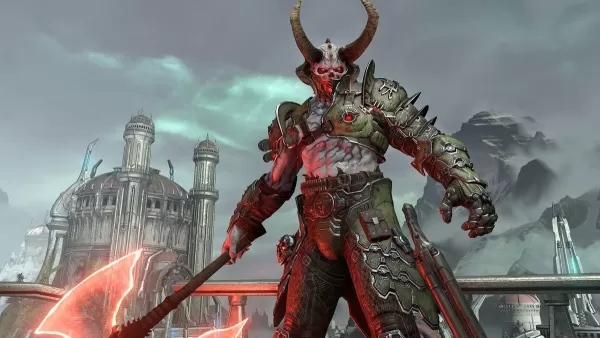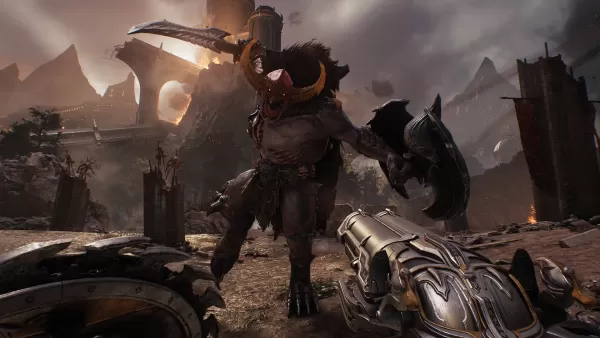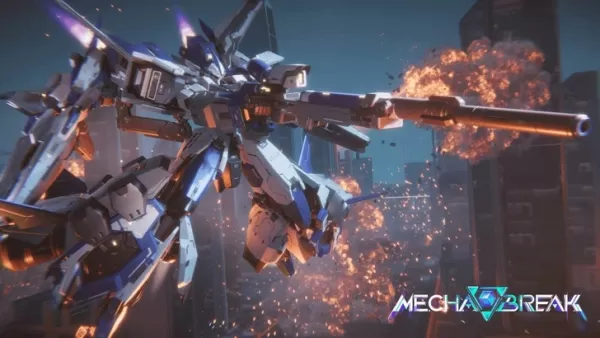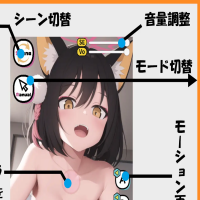When director Hugo Martin unveiled that the mantra for Doom: The Dark Ages was "stand and fight" during Xbox's Developer Direct earlier this year, it immediately piqued my interest. This concept starkly contrasts with id Software's previous title, Doom Eternal, known for its fast-paced, mobile combat. However, there's one enemy in Doom Eternal that embodies this "stand and fight" ethos—the Marauder. This controversial foe is despised by many but adored by me. The realization that the combat in Doom: The Dark Ages hinges on reacting to bright green lights, reminiscent of the key to defeating the Marauder, sealed my enthusiasm for the game.
Rest assured, The Dark Ages doesn't trap you in a frustrating duel akin to the Marauder's. While there is the Agaddon Hunter, shielded and wielding a lethal combo attack, the essence of Eternal's challenging encounters permeates every enemy in The Dark Ages. The combat mechanics have been reimagined and refined, drawing inspiration from the Marauder to enhance the core combat system. This results in encounters that carry the strategic depth of a Marauder battle without the irritation.
The Marauder is a unique adversary. In Doom Eternal, combat typically involves circling the arena, dispatching weaker foes and juggling larger threats. The game has been described as a management challenge, requiring you to juggle speed, space, and weapons. Yet, when the Marauder appears, all that changes. This formidable enemy, armed with an axe, demands your undivided attention, often leading to one-on-one showdowns. In larger skirmishes, the strategy shifts to evading its attacks, clearing the area of lesser enemies, and then confronting it head-on.
 Doom Eternal's Marauder is one of the most controversial enemies in FPS history. | Image credit: id Software / Bethesda
Doom Eternal's Marauder is one of the most controversial enemies in FPS history. | Image credit: id Software / Bethesda
Standing still isn't the literal meaning here; in Doom Eternal, it's about asserting control through strategic positioning. Too close, and you risk a fatal shotgun blast from the Marauder. Too far, and you'll be pelted with easily dodged projectiles but out of reach of his axe swing. The key is to provoke the axe attack, as the Marauder is only vulnerable during the wind-up animation of this move. His energy shield deflects all other attacks, so you must find the perfect spot to strike when his eyes flash green, signaling a brief window to deal damage.
Similarly, in Doom: The Dark Ages, bright green signals are crucial. In homage to the original Doom, demons unleash volleys of projectiles, among which are green missiles that the Doom Slayer can parry with his new shield, sending them back at their source. Initially, this serves as a defensive tactic, but later, with the shield's rune system unlocked, it becomes a powerful offensive tool, capable of stunning enemies with lightning or activating an auto-targeting cannon.
Navigating The Dark Ages' battlefields involves a series of intense one-on-one confrontations with various formidable demons. While survival doesn't solely depend on reacting to green lights, mastering the shield runes makes parrying a vital part of your arsenal. Integrating this into your combat strategy reveals the similarities between The Dark Ages' parry mechanics and the Marauder battles of Doom Eternal. You need to find the right distance, maneuver into position when the green orbs appear, and execute a swift parry, much like timing the Marauder's axe swing. This focus transforms your journey into a series of deliberate stand-and-fight encounters.
The primary criticism of the Marauder was its disruption of Doom Eternal's flow, requiring a different approach than the rest of the game. This shift is what I appreciate about the Marauder; while the rest of the game is like ballet, it forces you to breakdance. Doom Eternal challenged the norms of first-person shooters, demanding new ways of thinking about resources and combat. The Marauder challenged even those innovations, presenting the ultimate test. Though I enjoy this challenge, I understand why many found it frustrating.
 The Agaddon Hunter may be the most Marauder-like enemy in The Dark Ages, but every demon has a little bit of Eternal's most fearsome foe in them. | Image credit: id Software / Bethesda
The Agaddon Hunter may be the most Marauder-like enemy in The Dark Ages, but every demon has a little bit of Eternal's most fearsome foe in them. | Image credit: id Software / Bethesda
Doom: The Dark Ages addresses this issue by integrating various "dances" into its combat. Each major enemy type has a unique green projectile or melee strike, necessitating different strategies. For example, the Mancubus fires energy "fences" with green "pillars" at each end, requiring you to weave to parry them. The Vagary launches volleys of deadly spheres, forcing you to sprint and deflect them. The skeletal Revenant closely mirrors the Marauder, remaining invulnerable until you deflect its green skulls.
Because each demon demands a unique approach, introducing new enemies doesn't feel jarring. The Agaddon Hunter and Komodo present a challenge with their intense melee attacks, but by this point, you're accustomed to adapting your movements and reactions. This wasn't the case with the Marauder in Doom Eternal, where the game's mechanics focused on using the right weapon for each enemy, not the positioning and reaction-based tactics required to defeat the Marauder.
The Marauder's issue was never its design but its unexpected rule-breaking, for which players were unprepared. Doom: The Dark Ages prepares you for similar mechanics by making reaction-based combat a core element from the start, rather than a surprising mid-game shift. While this change may reduce the challenge—the shield's parry window is more forgiving than the Marauder's eye flash—the core idea remains: locking step with an enemy, waiting for the perfect moment, and striking when the light turns green. Doom: The Dark Ages offers a different take on these concepts, yet they remain unmistakably present. You stand and you fight.









